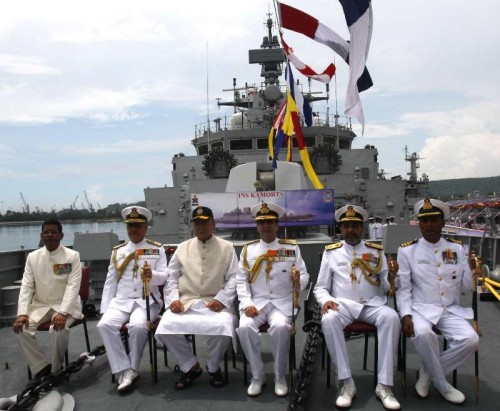
By Avishek Rakshit
While the hike in defence sector FDI to 49 percent and the ‘Make in India’ campaign have opened up newer possibilities for both indigenised equipment makers and joint ventures with foreign partners in the defence segment, the MSMEs are hamstrung by their inability to meet defence tender parameters and shortcomings in technology acquisition.
“The Defence Acquisition Council (DAC) only handles procurement of major high value capital acquisitions, which are mostly beyond the reach of MSMEs,” G. Raj Narayan, founder and managing director of defence MSME firm Radel Advanced Technology, said.
He said the limiting factor for the success rate was the MSMEs’ (micro, small and medium enterprises’) lack of exposure to the high standards of quality, reliability, repeatability and traceability that form an essential characteristic of the defence sector.
Besides, the lack of knowledge of highly specialised materials, components and processes including the prevalent stringent certification process is another key factor dampening the spirit of the MSMEs in defence production.
“These are the results of the aerospace and defence sector being restricted exclusively to the defence PSUs and other government organisations for the last six decades,” Narayan said.
Another defence manufacturing company, Samtel Avionics Ltd., echoed the same challenge.
“As a policy, MSMEs are allowed to participate in defence ministry tenders right from the Request for Information (RFI) stage. However, most of the RFI and Request for Proposal dealt with at the ministry and DAC require technical competencies that a single MSME may not have. This is one of the main reasons which prevents MSMEs from participating in DAC tenders,” the company’s executive director Puneet Kaura said.
Defence engineering company Sattva eTech India (SeTI) said the clubbing together of MSMEs and SMEs along with MNCs and large defence players result in smaller companies getting eliminated.
“This is because of our (shortcomings in) size, capacity and reach,” SeTI CEO and promoter N.V. Maslekar said
.
The clear challenge was not at the policy-making level but at the level of practicability and implementation, reducing the sector to being mere suppliers to the larger defence players and it was here that the ‘Make in India’ campaign has come as a respite.
“There do exist some systems that MSMEs can bid – for example in Electronic Warfare Systems or Optronics Systems, that are under the ‘Make in India’ programme. We can partner with a Prime (foreign player or DPSU or enterprise level defence company) and then bid for the same as an MSME,” Kaura said.
While the ‘Make in India’ campaign does provide some space for the small and medium defence companies to exploit the gigantic monetary opportunity, a section of MSMEs is still skeptical about the roll-out of the centre’s drive towards indigenisation.
“The objective of ‘Make in India’ is well accepted by the industry but there has to be a clear qualification guideline in place. If the industry is dependent on multi-national corporations for raw materials either for mechanicals, electronics or technology, the setup of eco-system of suppliers will not fulfill the objectives of India,” Maslekar said.
He said that for the smaller competent defence players to survive, ambiguities in the tendering process related to technical specifications have to be removed.
“Priority has to be given for the companies which can do the manufacturing in India. Since we are required to import 100 percent of electronic components, it is essential to have components manufactured in India over a certain period for ‘Make in India’ to be successful,” Maslekar said.
While the MSME Task Force has listed 14 issues plaguing the country’s MSME sector, availability of finance and technology remain the unaddressed key concerns.
According to the Task Force, the sector contributes eight percent of the country’s GDP, 45 percent of the manufactured output and 40 percent of its exports employing about 60 million people through 26 million enterprises.